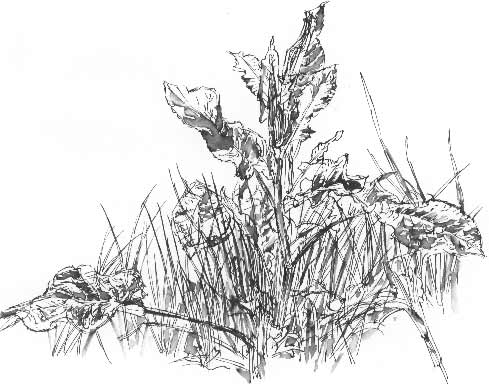This year we are planning a "grand day out" .The resources are on the network website and if you are a network member then you can access them via the "grand day out" link from the home page .Look for this picture !
We are basing the activities on a day in a target language city and we have chosen : Paris, Sevilla and Berlin. The core theme is a day out at a street festival.
Here is the itinerary of the "Grand Day Out"
Setting Off! .......Find the country on a globe
- Search a map for the city we are going to visit
- Find the city on Google Maps
- Now pretend to go to our local airport
- Play games of "air hostess instructions " mimes,charades and Simon Says on our imaginary flight
- As we step off the plane , immerse ourselves in the city we are visiting and take in some of the specific target language video clip below:
With our older children with more advanced language skills ,we could set up activities based on previous blogs such as:
With most of the children though we are going to go to an imaginary street festival and join in with the fun and games in the target language!
This clip will be really useful to set the scene- for all the target language cities as it just gives the flavour of an outdoor festival with jugglers, strongmen, musicians, mime artists, puppeteers etc etc ...oh and don't forget the street snacks too! Just a brief tyaste of the clip though ....to set the scene ....
because now our children are going to become :
KS1 :puppeteers with finger puppets of clowns,strongmen and acrobats. (They will use simple greetings and personal information language in the style of these entertainers and share their creations with the class)
LKS2 will be:
jugglers with colours and actions ( take a look at this blog to see how we can develop colour and word association mimes colour and mime associations)
strong men with numbers: how many items can one child hold and can we count up with them intil the pile topples over?
mime artists with feelings , greetings and days of the week and months of the year
food tasting , simple cafe roleplays and food street sellers (selling their gaufres, their churros and their Bretzel)
UKS2 will be:
our street musicians,learning the song I am the music man and added actions and getting to taste some food too!
There are opportunities for photos along the way and of course we will need to write our postcards home too and then all we need to do is fly home ( with a quick game of the air hostess simon says ) and remember to put up the whole school display in the foyer or corridor where everyone can see the "Grand Day Out"!

.JPG)







